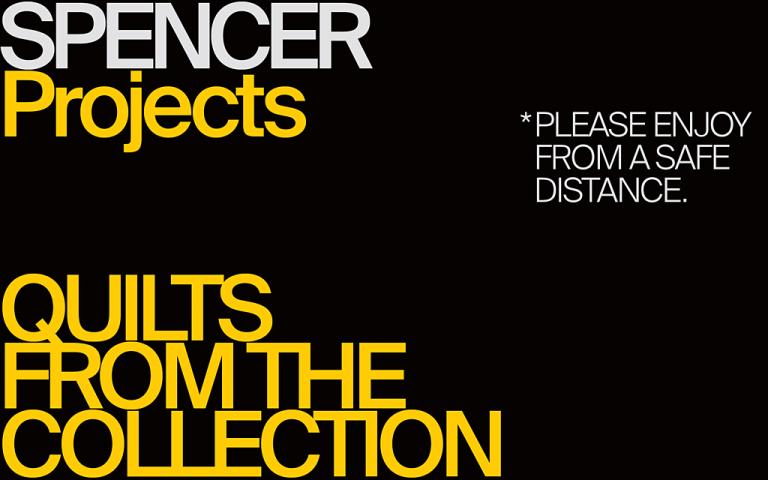Drunkard's Path quilt, unknown maker from the United States
Artwork Overview
Drunkard's Path quilt
, circa 1880–1910
Where object was made: United States
Material/technique: cotton; piecing; quilting
Credit line: William Bridges Thayer Memorial
Accession number: 1928.0921
Not on display
If you wish to reproduce this image, please submit an image request




